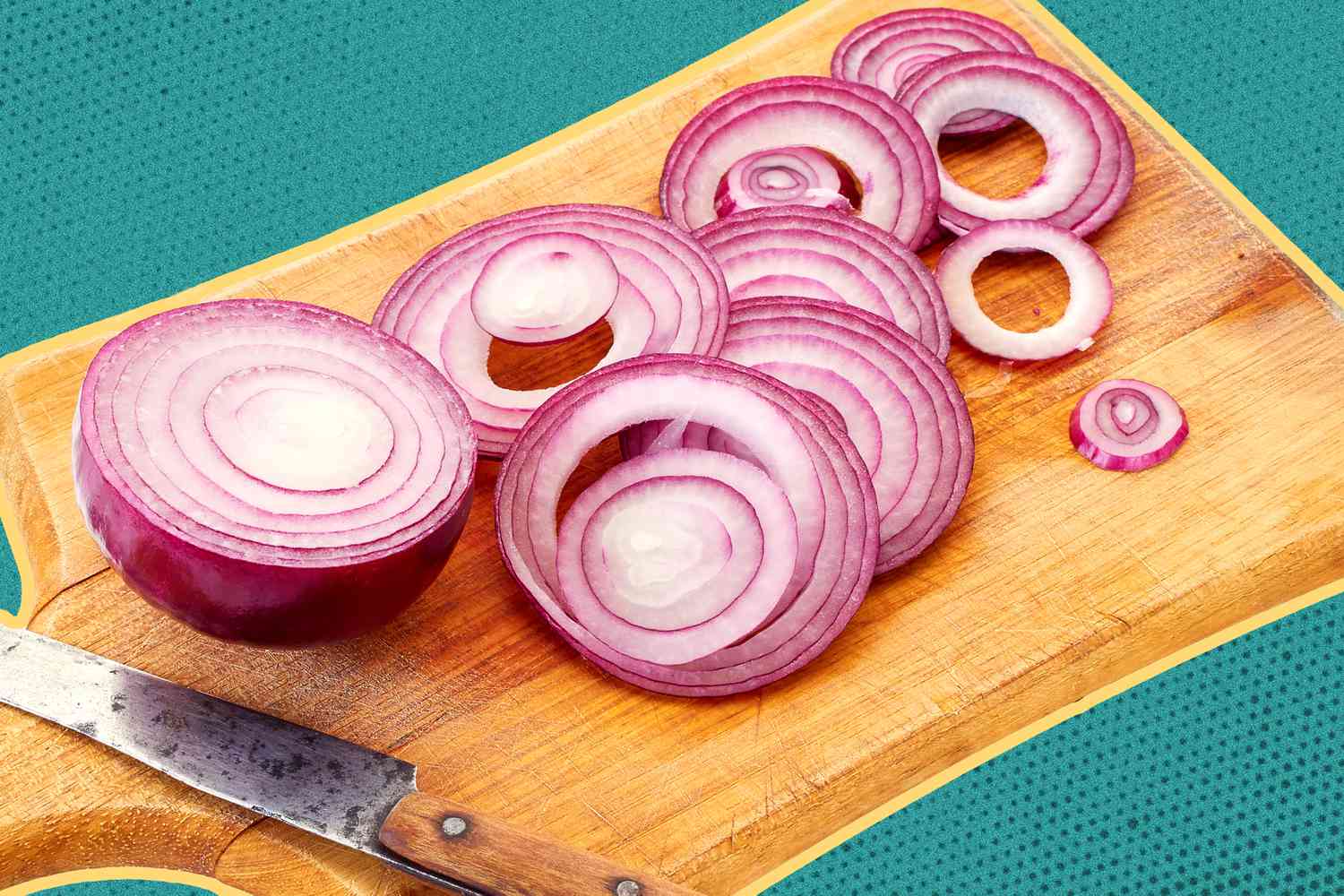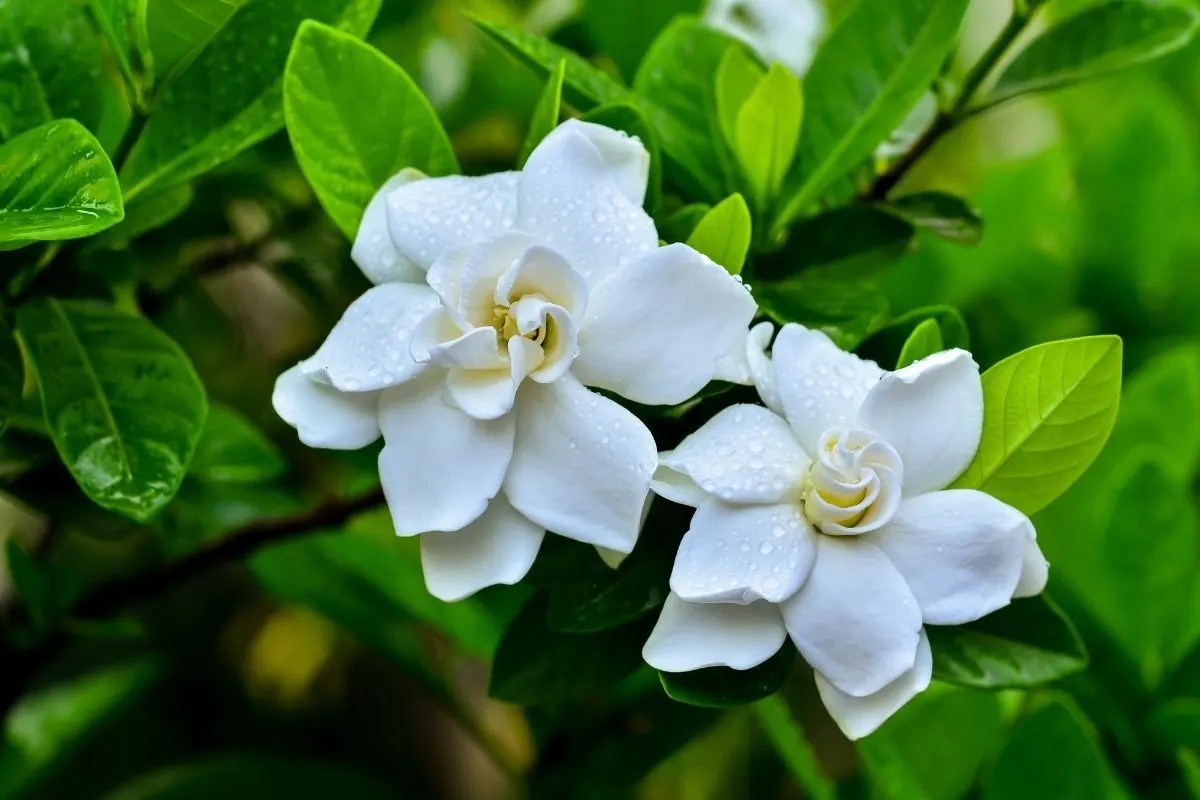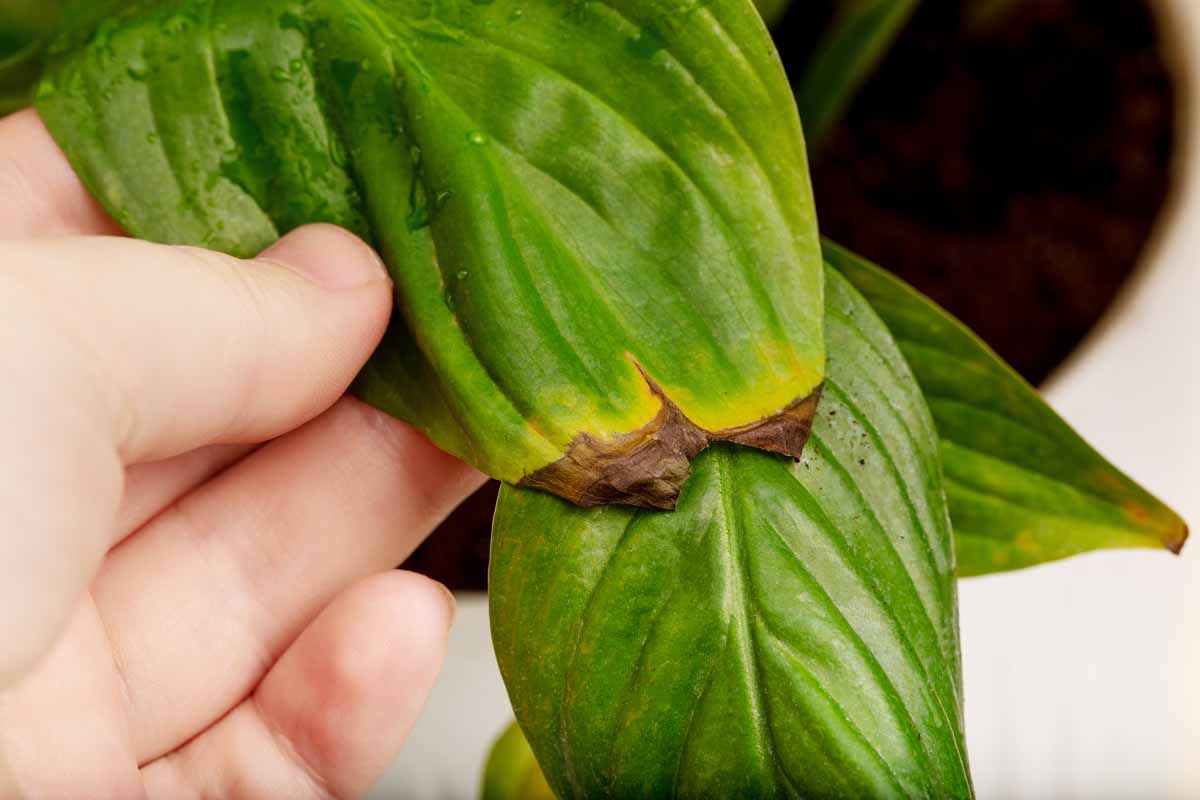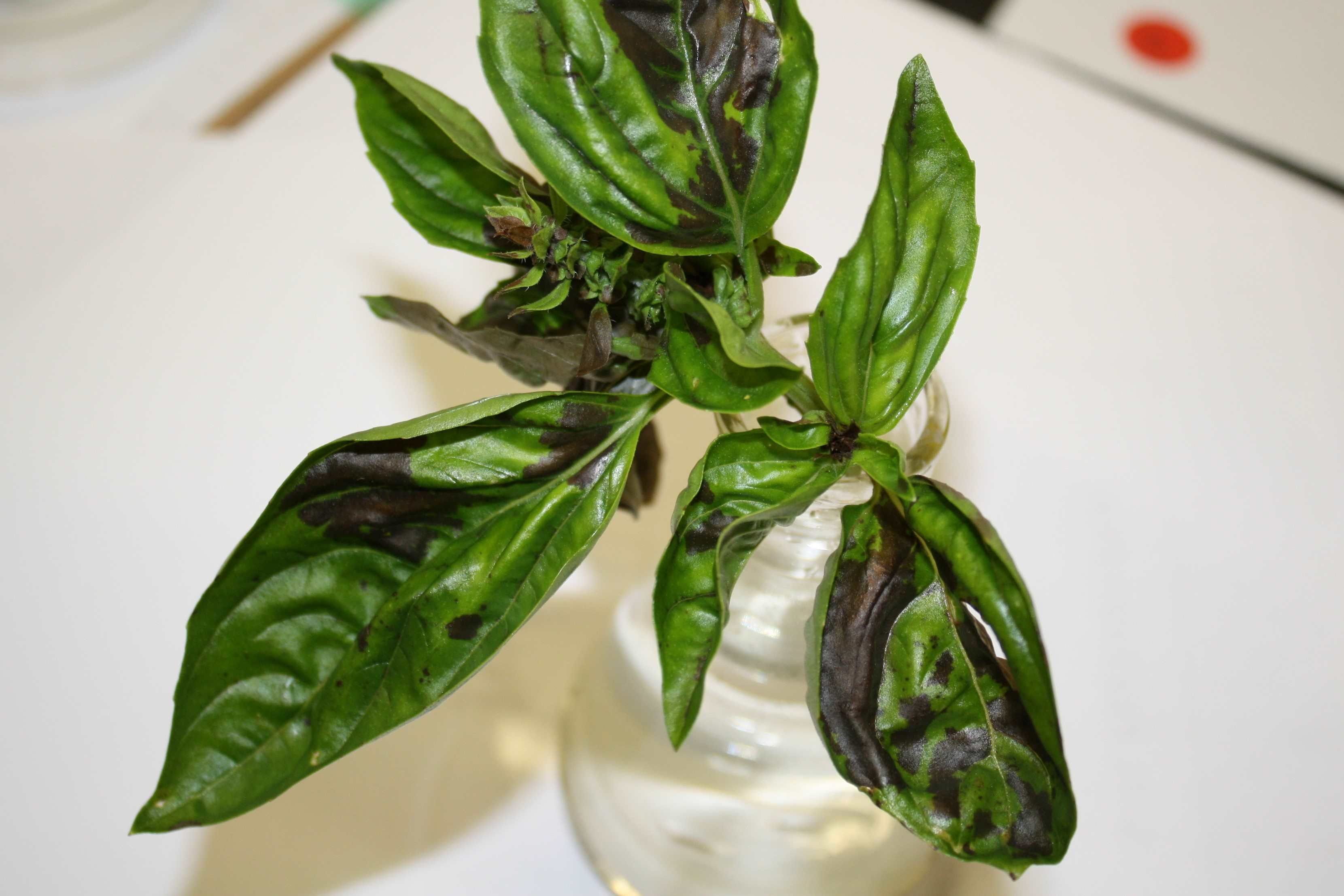Home>Home and Garden>Discover The Surprising Reason Behind Your Prayer Plant Leaves Curling


Home and Garden
Discover The Surprising Reason Behind Your Prayer Plant Leaves Curling
Published: February 18, 2024
Uncover the mystery of your prayer plant's curling leaves with expert tips and solutions. Enhance your home and garden with this insightful guide.
(Many of the links in this article redirect to a specific reviewed product. Your purchase of these products through affiliate links helps to generate commission for Noodls.com, at no extra cost. Learn more)
Table of Contents
Introduction
Have you ever noticed the leaves of your prayer plant curling up, seemingly trying to communicate something to you? If you're a plant enthusiast, you understand the concern that arises when your green companions show signs of distress. The prayer plant, with its striking foliage and unique behavior, is a popular choice for indoor gardening enthusiasts. However, when its leaves start to curl, it can be a cause for worry.
In this comprehensive guide, we'll delve into the intriguing world of prayer plants and explore the common causes behind their leaf-curling behavior. Whether you're a seasoned plant parent or just starting your green journey, understanding the reasons behind this phenomenon is crucial for the well-being of your prayer plant. So, let's embark on this enlightening journey to uncover the surprising reason behind your prayer plant's curling leaves.
Understanding the Prayer Plant
The prayer plant, scientifically known as Maranta leuconeura, is a captivating and popular choice for indoor plant enthusiasts. Its name is derived from the unique behavior of its leaves, which fold together at night, resembling hands in prayer. This distinctive characteristic adds to the plant's allure and has made it a sought-after addition to many households.
One of the most striking features of the prayer plant is its foliage. The leaves are often variegated with intricate patterns, showcasing shades of green, red, and sometimes purple, adding a touch of vibrancy to any indoor space. The plant's lush, broad leaves are held on long, delicate stems, creating an elegant and graceful appearance.
In addition to its aesthetic appeal, the prayer plant is favored for its relatively low maintenance requirements, making it an ideal choice for both novice and experienced plant enthusiasts. It thrives in indirect light and prefers consistently moist soil, creating a comfortable environment for its growth.
The prayer plant's natural habitat in the tropical regions of South America has influenced its preferences for warmth and humidity. Mimicking these conditions in a home setting can contribute to the plant's overall health and vitality. Understanding the prayer plant's native environment provides valuable insight into its care requirements, allowing plant parents to create an optimal growing environment.
Furthermore, the prayer plant's unique leaf movement, known as nyctinasty, adds an element of intrigue to its character. This phenomenon, where the leaves fold upward at night and unfold during the day, is a captivating display of nature's ingenuity. The plant's response to light and darkness is a testament to its adaptability and adds an enchanting dimension to its presence in any indoor space.
In essence, the prayer plant's captivating appearance, low maintenance needs, and intriguing leaf behavior make it a cherished addition to indoor gardens. Understanding its natural habitat, growth preferences, and distinctive leaf movement is essential for providing the best care and ensuring the plant thrives in its new environment. With this foundational knowledge, plant enthusiasts can appreciate and nurture the unique beauty of the prayer plant, fostering a harmonious and thriving green companion in their homes.
Common Causes of Curling Leaves
The curling of leaves in a prayer plant can be a distressing sight for any plant enthusiast. Understanding the common causes behind this phenomenon is crucial for addressing the issue effectively. Several factors can contribute to the curling of prayer plant leaves, signaling potential concerns that require attention. Here are the common causes to consider:
-
Inadequate Humidity: Prayer plants thrive in environments with high humidity levels. Insufficient moisture in the air can lead to the curling of leaves as the plant attempts to conserve water. This is particularly common in indoor settings, especially during the drier months or in regions with low natural humidity.
-
Overwatering or Underwatering: Fluctuations in watering practices can impact the health of a prayer plant. Overwatering can lead to root rot and subsequent leaf curling, while underwatering can cause the plant to conserve moisture, resulting in curled leaves as a survival mechanism.
-
Inadequate Light: Insufficient or excessive light exposure can trigger stress responses in prayer plants, leading to leaf curling. Finding the right balance of indirect, bright light is essential for the plant's well-being.
-
Temperature Extremes: Exposure to extreme temperatures, especially cold drafts or sudden temperature fluctuations, can cause stress to the prayer plant, resulting in curled leaves as a defensive mechanism.
-
Nutrient Deficiency: A lack of essential nutrients, particularly nitrogen, potassium, and magnesium, can manifest in the form of curled leaves. Ensuring a balanced and appropriate fertilization regimen is crucial for the overall health of the prayer plant.
-
Pests and Diseases: Infestations by pests such as spider mites or diseases like fungal infections can lead to leaf curling as the plant responds to the stress caused by these intruders.
Understanding these common causes of leaf curling in prayer plants is the first step toward addressing the issue effectively. By identifying the underlying factors contributing to the plant's distress, plant enthusiasts can implement targeted measures to restore the plant's health and vitality. With this knowledge in hand, let's explore the surprising reason behind the curling leaves of prayer plants and discover effective strategies for addressing this concern.
The Surprising Reason Behind Curling Leaves
Amidst the various potential causes of leaf curling in prayer plants, there exists a surprising reason that often goes unnoticed: the plant's inherent response to environmental stimuli. The captivating leaf movement of the prayer plant, known as nyctinasty, is not only a mesmerizing display of nature's ingenuity but also a key factor behind the curling leaves.
Nyctinasty, derived from the Greek words "nyx" (night) and "nastos" (pressed), refers to the rhythmic, daily movement of the plant's leaves in response to light and darkness. This natural phenomenon is a fascinating adaptation that allows the prayer plant to optimize its exposure to light, regulate water loss, and protect itself from potential threats.
During the day, the prayer plant's leaves unfurl, maximizing their surface area to harness sunlight for photosynthesis. This expansive posture enables the plant to efficiently convert light energy into vital nutrients, supporting its growth and overall well-being. As evening approaches and light diminishes, the leaves gradually fold upward, assuming a more compact arrangement. This nocturnal movement serves multiple purposes, including reducing water loss and safeguarding the plant's vulnerable leaf surfaces from potential harm during the night.
The surprising aspect of nyctinasty lies in its potential to cause confusion among plant enthusiasts. The natural, cyclical movement of the prayer plant's leaves, synchronized with the daily transition from light to darkness, can be mistaken for a distress response, leading to concerns about the plant's health. The gradual curling of the leaves during the evening, a result of the plant's innate nyctinastic behavior, may appear alarming to those unfamiliar with this captivating adaptation.
Understanding the role of nyctinasty in the prayer plant's leaf movement is essential for distinguishing between natural behavior and potential stress signals. While other factors such as inadequate humidity, watering issues, or light exposure can contribute to leaf curling, recognizing the influence of nyctinasty allows plant enthusiasts to appreciate the plant's remarkable adaptation and respond effectively to its needs.
Embracing the surprising reason behind the curling leaves of prayer plants empowers plant enthusiasts to approach their care with informed insight. By acknowledging and respecting the plant's innate response to light and darkness, enthusiasts can cultivate a deeper connection with their green companions and provide the nurturing environment essential for their flourishing.
This newfound understanding not only enriches the relationship between plant and caretaker but also fosters a sense of awe and appreciation for the intricate mechanisms at play within the natural world. As we unravel the surprising reason behind the curling leaves of prayer plants, we gain a deeper appreciation for the resilience and adaptability of these captivating green companions, enriching our shared journey with the wonders of nature.
How to Address the Issue
Addressing the issue of curling leaves in prayer plants requires a thoughtful and targeted approach to ensure the plant's well-being and vitality. By considering the plant's unique characteristics and potential stressors, plant enthusiasts can implement effective strategies to alleviate leaf curling and promote a thriving environment for their green companions.
-
Optimizing Humidity: Creating a humid environment is essential for the health of prayer plants. Utilizing methods such as misting the leaves, placing a water-filled pebble tray near the plant, or using a humidifier can help maintain adequate moisture levels, reducing the likelihood of leaf curling due to dry air.
-
Balanced Watering: Establishing a consistent watering routine is crucial for preventing leaf curling caused by water-related stress. Ensuring that the soil is evenly moist but not waterlogged, and allowing excess water to drain effectively, can help maintain optimal soil moisture levels for the prayer plant.
-
Light Management: Finding the right balance of light exposure is vital for the well-being of prayer plants. Positioning the plant in a location with indirect, bright light while avoiding prolonged exposure to direct sunlight can help mitigate stress-related leaf curling.
-
Temperature Regulation: Shielding the prayer plant from cold drafts and abrupt temperature fluctuations is essential for preventing stress-induced leaf curling. Maintaining a consistent, moderate temperature in the plant's vicinity contributes to a stable and favorable growing environment.
-
Nutrient Support: Providing the prayer plant with a balanced fertilizer regimen, specifically formulated for houseplants, can address potential nutrient deficiencies that may contribute to leaf curling. Following the recommended fertilization schedule and ensuring proper nutrient uptake supports the plant's overall health.
-
Pest and Disease Management: Regular inspection for pests and signs of disease is crucial for preventing stress-related leaf curling. Implementing appropriate pest control measures and promptly addressing any signs of disease can help alleviate potential stressors affecting the prayer plant.
By addressing these key aspects of care, plant enthusiasts can create an environment that supports the well-being of their prayer plants, reducing the likelihood of leaf curling and promoting healthy growth. Understanding the plant's unique needs and responding proactively to potential stressors empowers caretakers to cultivate a harmonious and nurturing space for their green companions.
Incorporating these targeted strategies into the care routine not only addresses the issue of leaf curling but also fosters a deeper connection with the prayer plant, enriching the shared journey with nature's captivating wonders. As caretakers implement these measures with attentiveness and care, they contribute to the flourishing of their green companions, fostering a thriving and vibrant indoor garden filled with the beauty of prayer plants.
Conclusion
In conclusion, the captivating world of prayer plants unveils a remarkable journey filled with unique adaptations, mesmerizing leaf movements, and the nurturing care of plant enthusiasts. The surprising reason behind the curling leaves of prayer plants, rooted in the plant's innate response to light and darkness, adds a fascinating dimension to the understanding of this beloved green companion.
As we unravel the intricate mechanisms at play within the prayer plant's natural behavior, we gain a deeper appreciation for the resilience and adaptability of these captivating green companions. The inherent nyctinastic response, where the leaves fold upward at night and unfurl during the day, showcases nature's ingenuity and the plant's remarkable ability to thrive in its environment.
Understanding the common causes of leaf curling in prayer plants, such as inadequate humidity, watering issues, light exposure, temperature extremes, nutrient deficiencies, and potential pests or diseases, provides valuable insight for addressing the plant's distress effectively. By recognizing these factors and implementing targeted strategies, plant enthusiasts can create an optimal growing environment that supports the well-being and vitality of their prayer plants.
The journey of caring for prayer plants extends beyond addressing leaf curling; it encompasses a harmonious relationship between caretaker and plant, enriched by attentive nurturing and a deeper understanding of the plant's unique needs. By optimizing humidity, balancing watering practices, managing light exposure, regulating temperature, providing nutrient support, and addressing potential pest and disease concerns, plant enthusiasts foster a thriving space for their green companions to flourish.
Embracing the surprising reason behind the curling leaves of prayer plants empowers plant enthusiasts to approach their care with informed insight, fostering a deeper connection with their green companions and the natural world. As caretakers implement targeted measures with attentiveness and care, they contribute to the flourishing of their prayer plants, creating a vibrant and enchanting indoor garden filled with the beauty of nature's wonders.
In this shared journey of nurturing and growth, the prayer plant becomes not only a cherished adornment in the home but also a source of inspiration, resilience, and the enduring beauty of the natural world. With each unfurling leaf and each gentle fold at dusk, the prayer plant invites us to marvel at the captivating dance of nature, enriching our lives with its grace and vitality.














